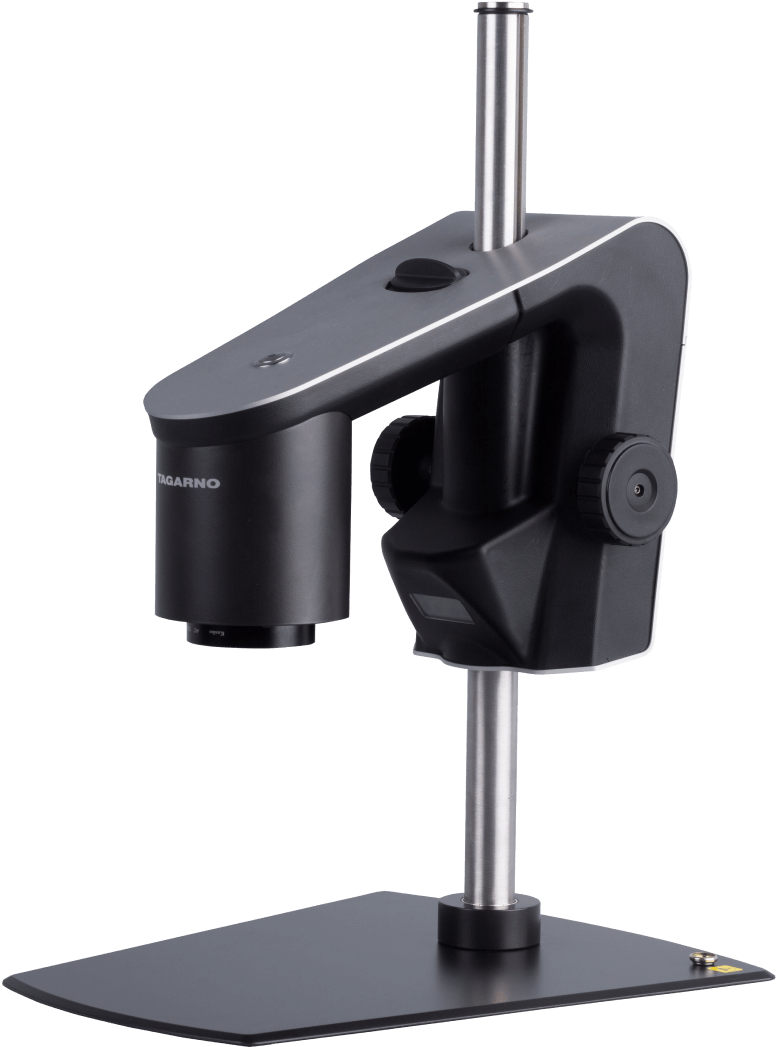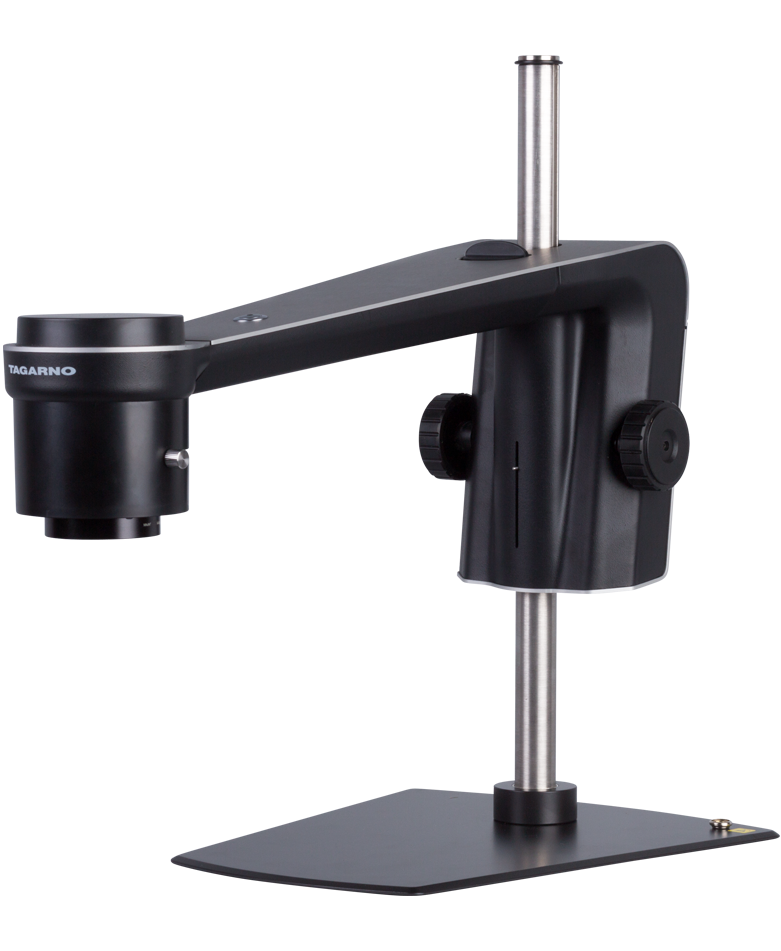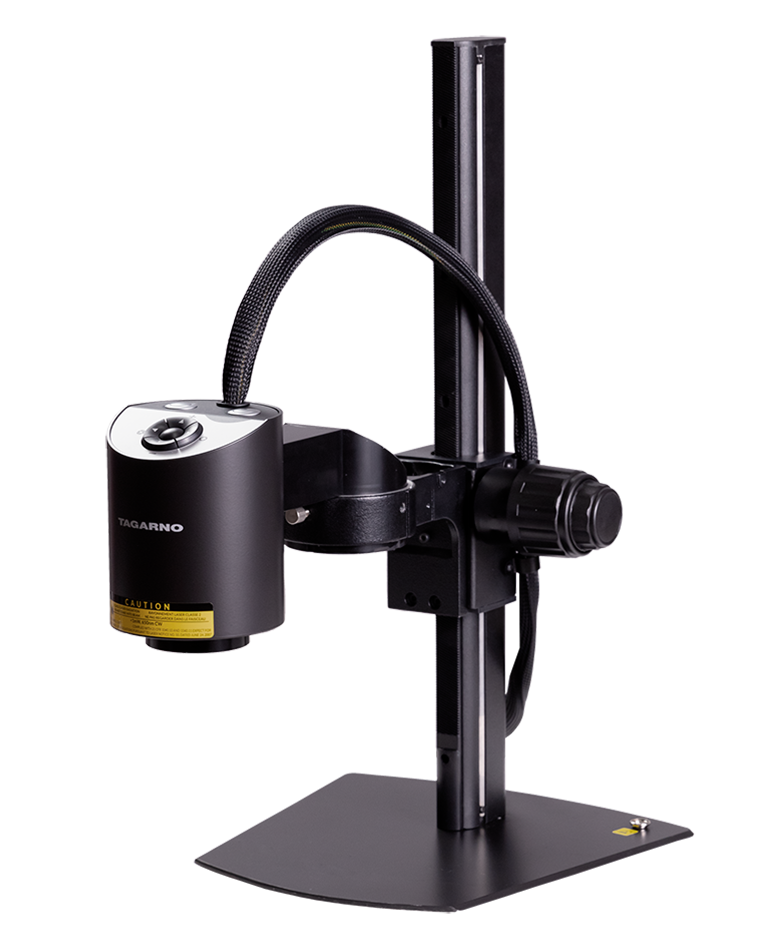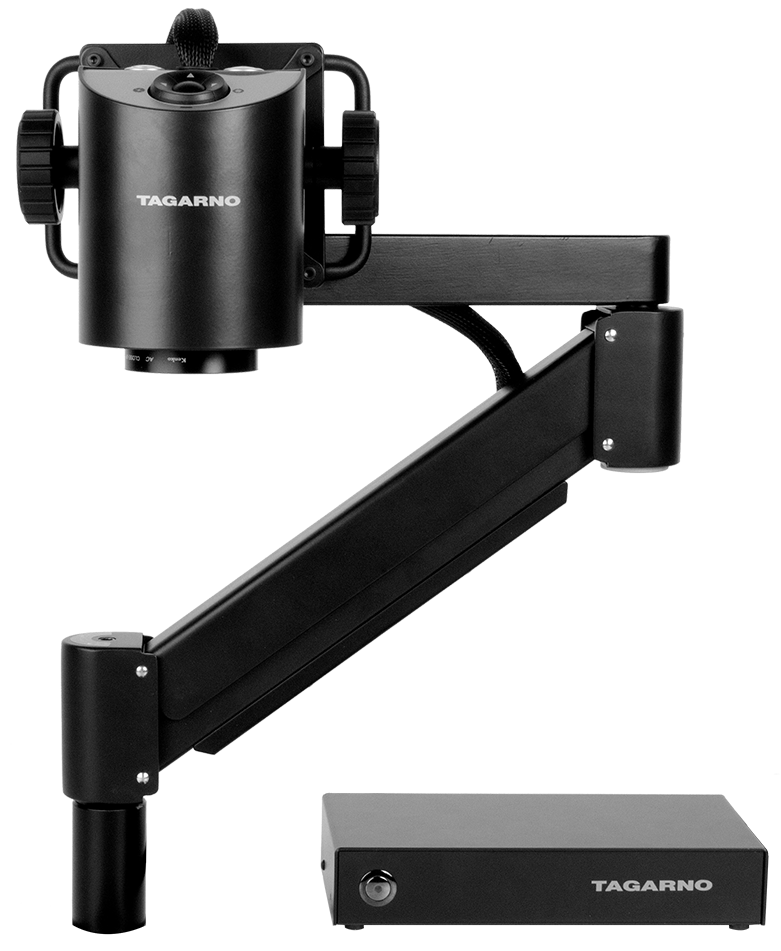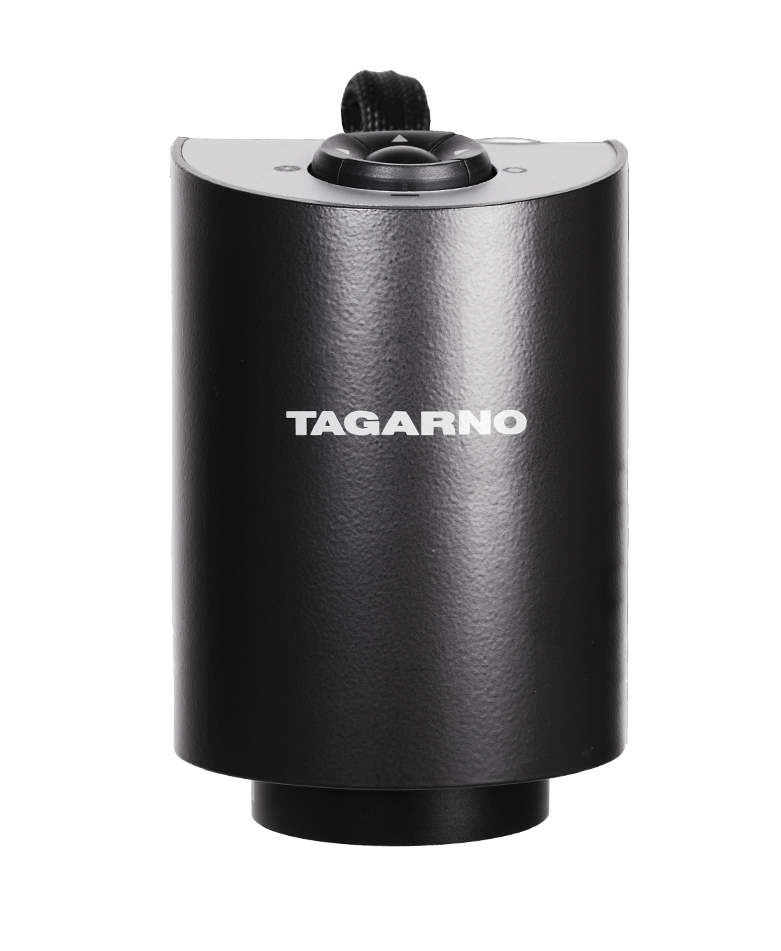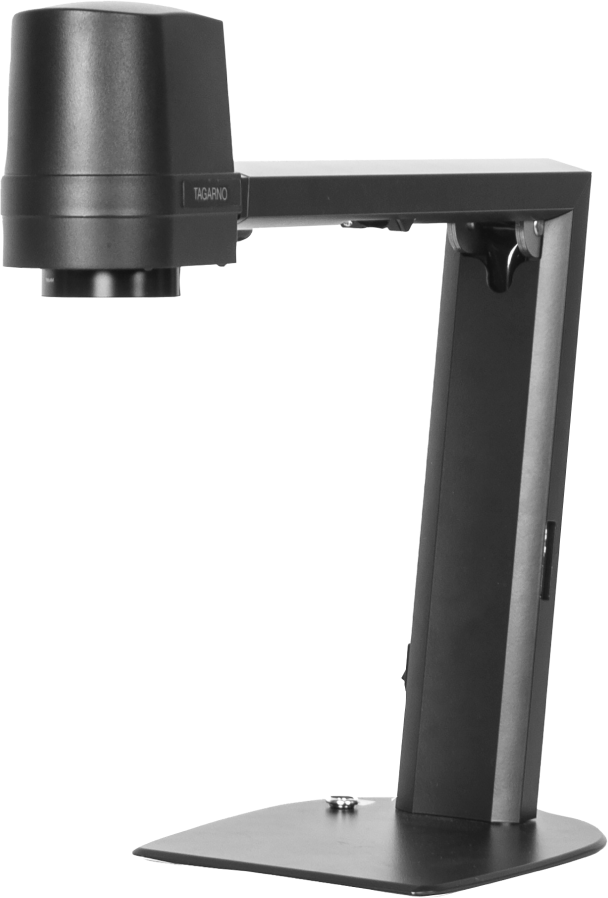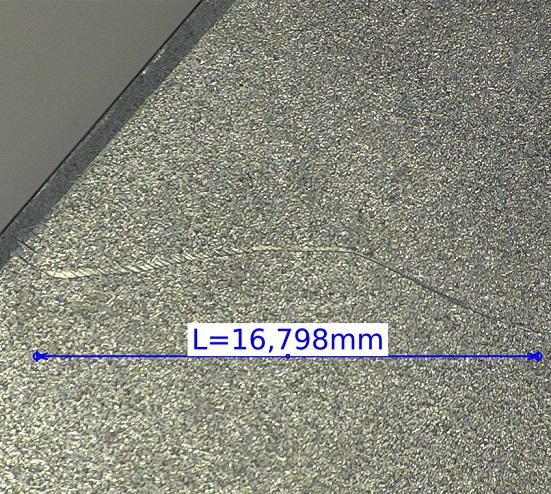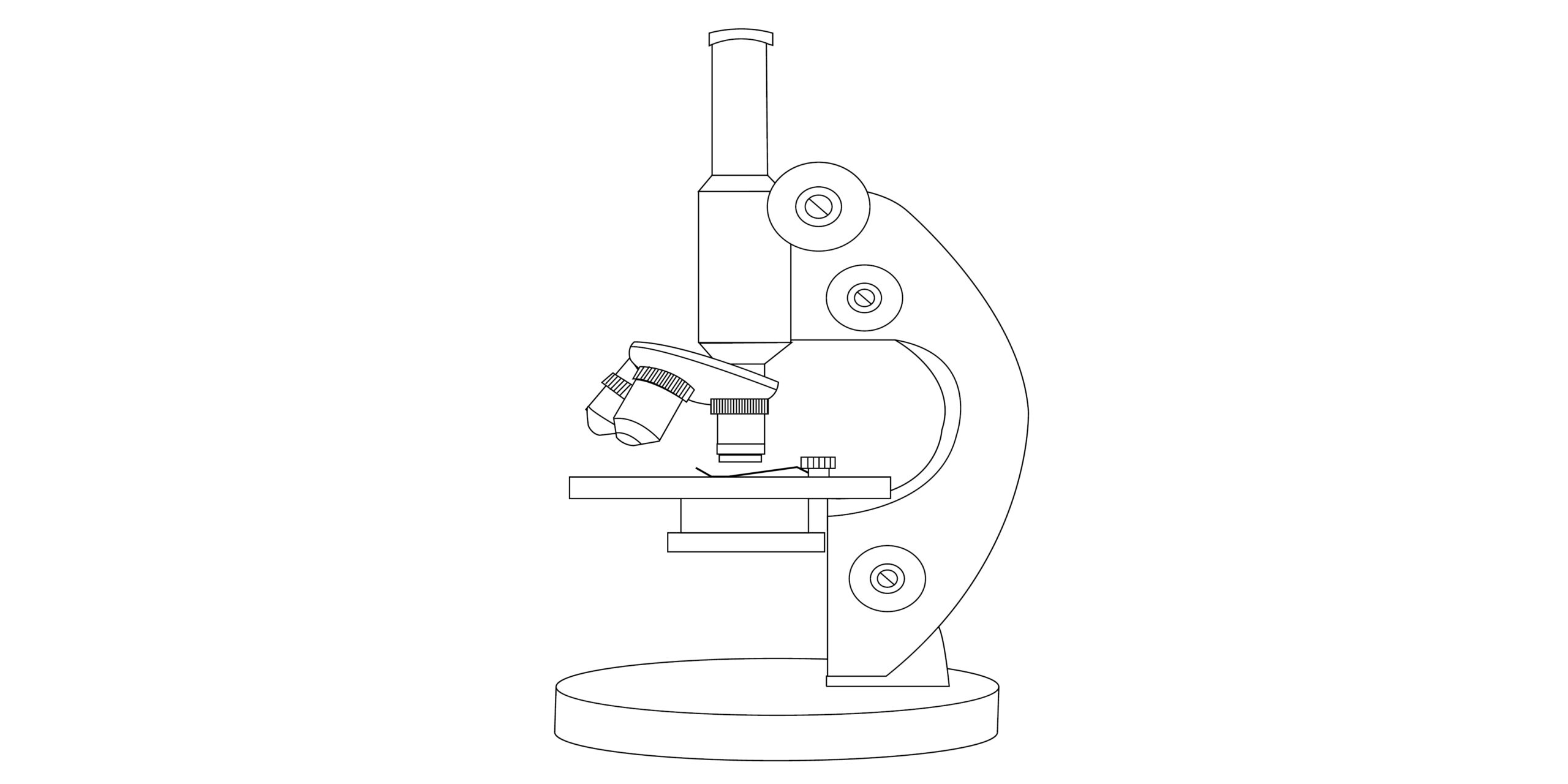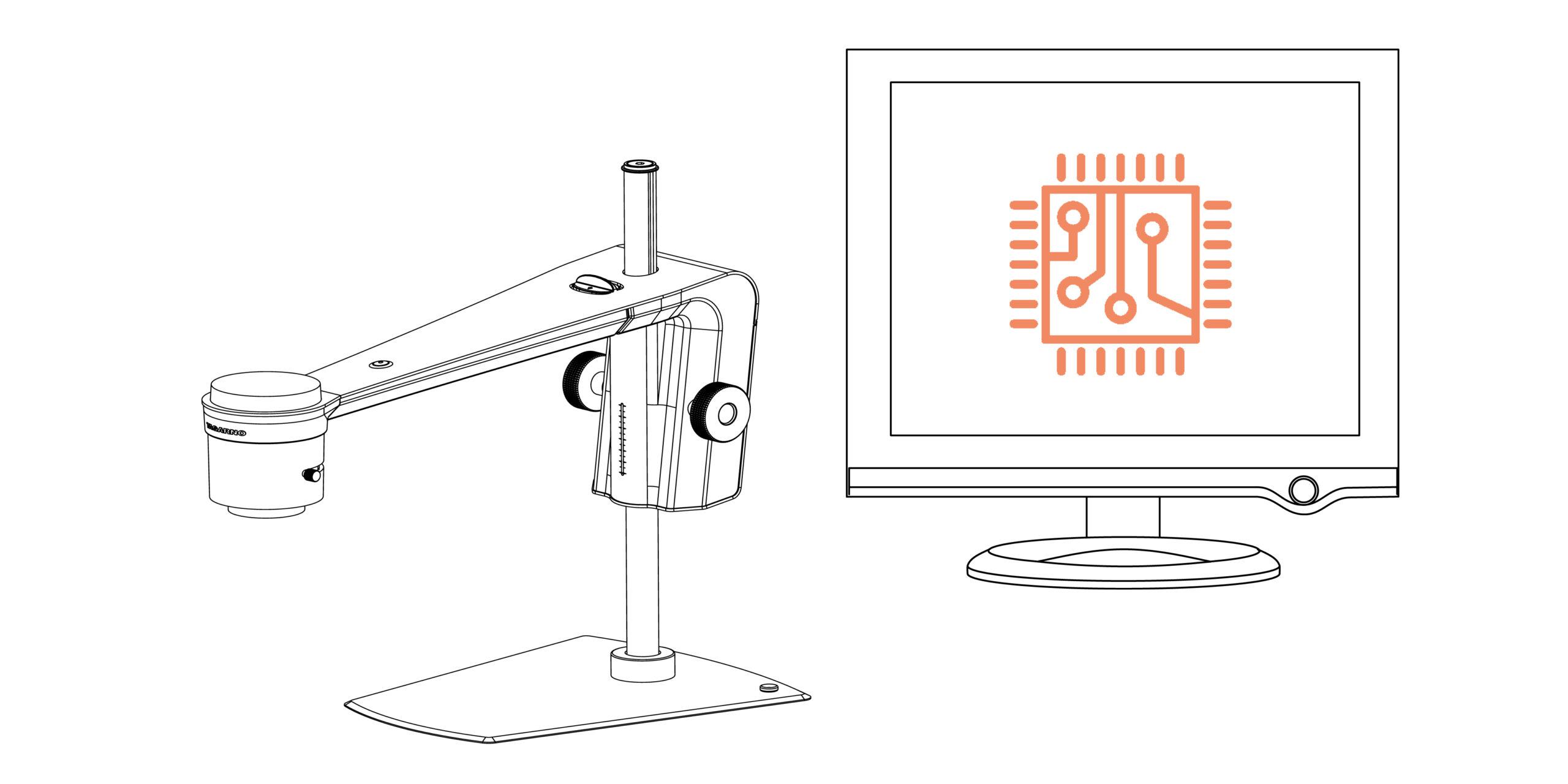OPTION 2: STEREO MICROSCOPE
Choosing a stereo microscope as your visual inspection system
Being easily identifiable with its ocular, zoom and focus knobs, lens and base, a stereo microscope is often what people think of when picturing a microscope.
With the first true stereo microscope being developed in the 19th century, it has become a standard piece of equipment in many laboratories.*
When to use a stereo microscope
In quality control and visual inspection processes, the stereo microscope often replaces desk magnifiers when they can no longer do the job adequately. In comparison, the stereo microscope has higher magnification capabilities, ranging from single digit magnification levels to more than 500x magnification.
With its zoom and focus knobs, it’s also easier for the operator to fine adjust the microscope accordingly to the sample at hand. This makes the stereo microscope much more versatile than a desk magnifier.
When you should consider replacing your stereo microscope
Stereo microscopes often come with a high price point, making it an expensive investment that many are hesitant to make in the first place and won’t replace until it’s absolutely necessary after eventually purchasing it.
This is understandable given the often superb image quality of the microscope. However, similar to desk magnifier, the stereo microscope has no documentation capabilities, making it difficult for operators to document their work and findings. Many companies therefore start looking for alternative equipment when documenting their work becomes an integral part of their visual inspection processes.
With increasingly complex products in their product portfolio, often requiring second opinions from colleagues before an operator can pass or fail a sample – or simply due to extensive training needed for new operators, many companies also find that it is difficult for operators to collaborate and inspect samples together due to only one operator being able to use the ocular at a time.
Many microscope operators also experience work related pain as a result of the awkward posture and repetitive moments related to using a stereo microscope. Having to bend their necks to look through the ocular often results in neck pain and operator fatigue, affecting the efficiency of the visual inspection team.
To stay competitive and increase efficiency, many companies want to eliminate the subjective aspect of visual inspection. Instead of relying on the accuracy of the individual operator, companies want the microscope to perform the analysis for them with the aim that they’ll work more accurately, consistently and faster. This, however, is not an option on a stereo microscope, leading companies to look for a digital alternative.
